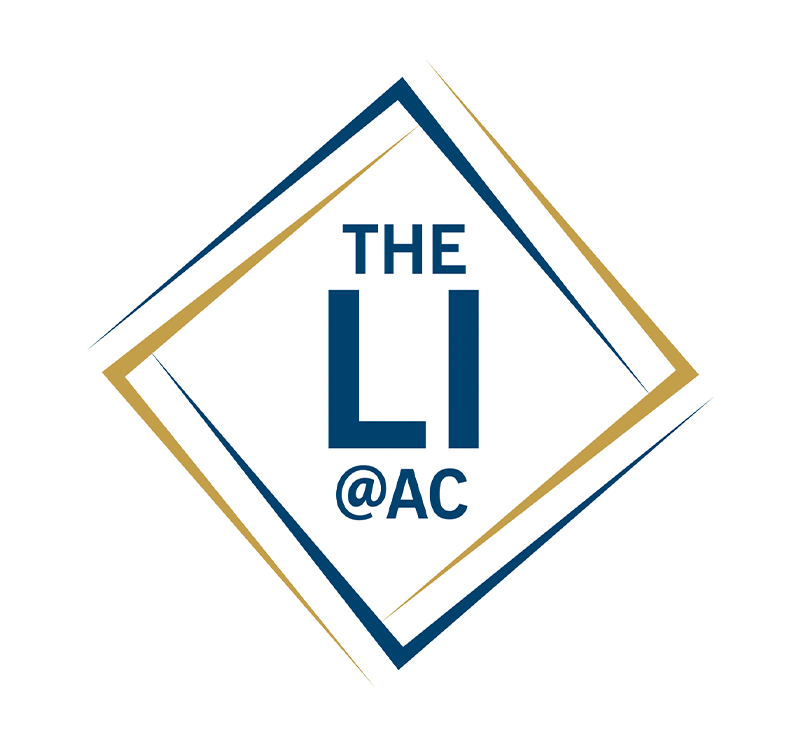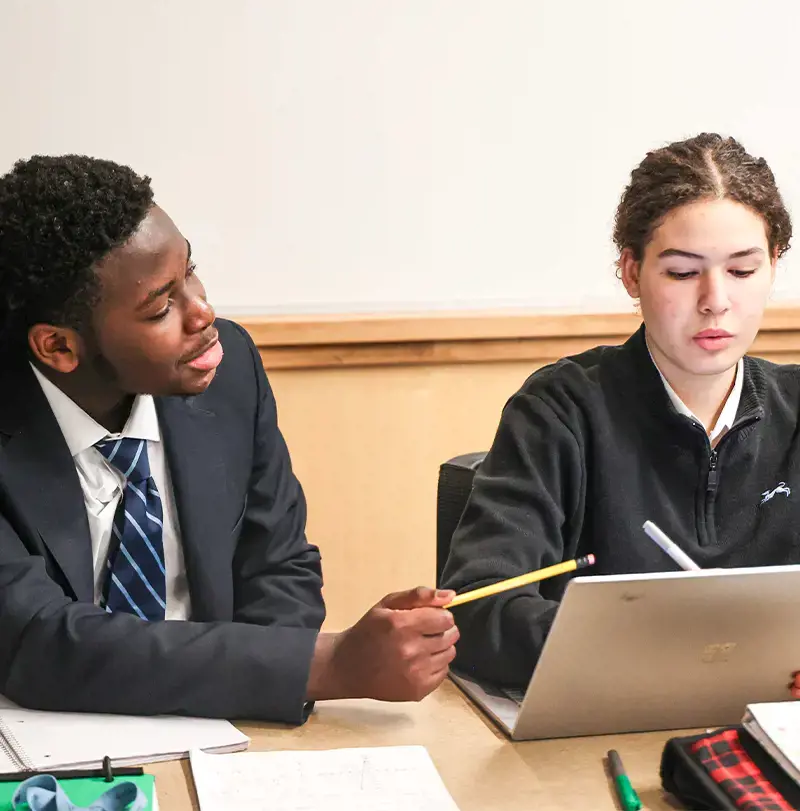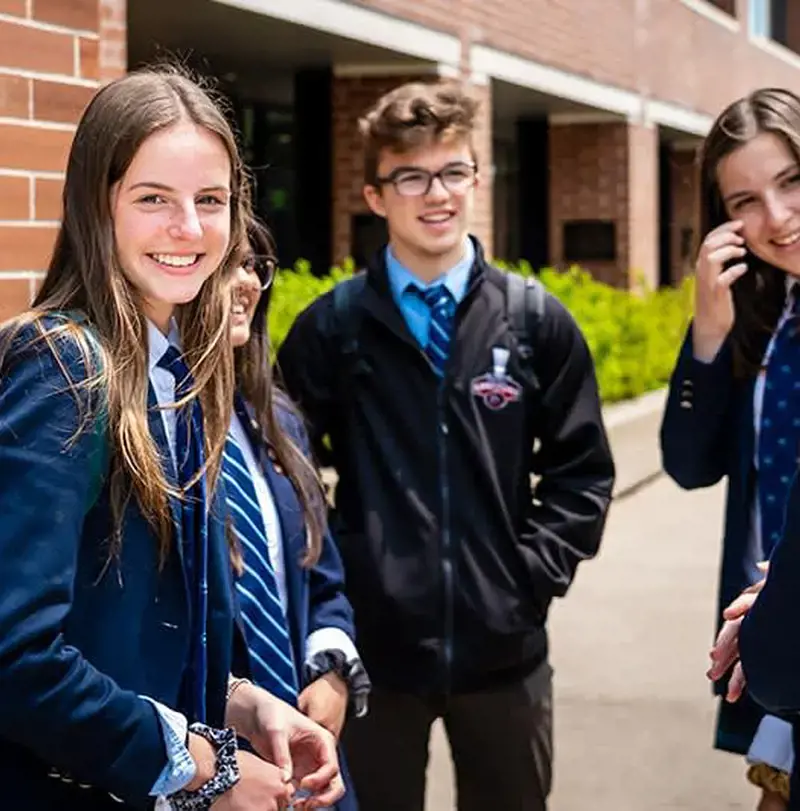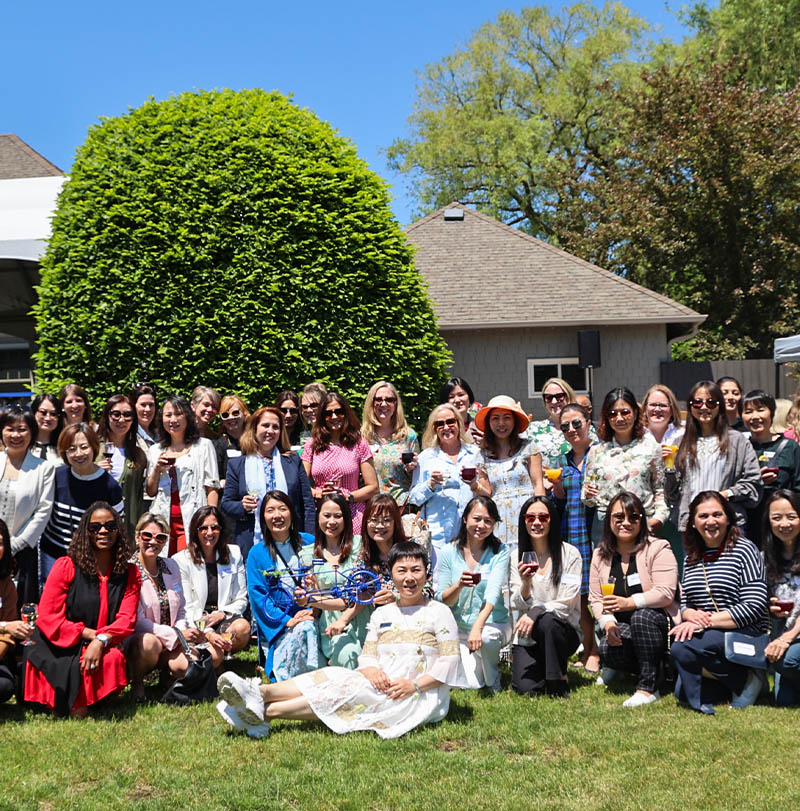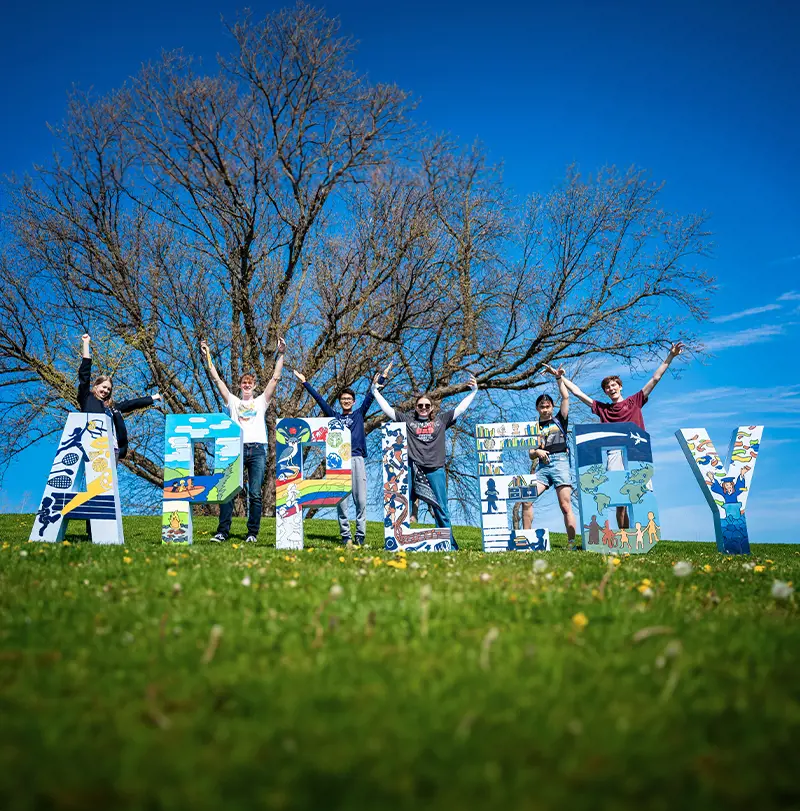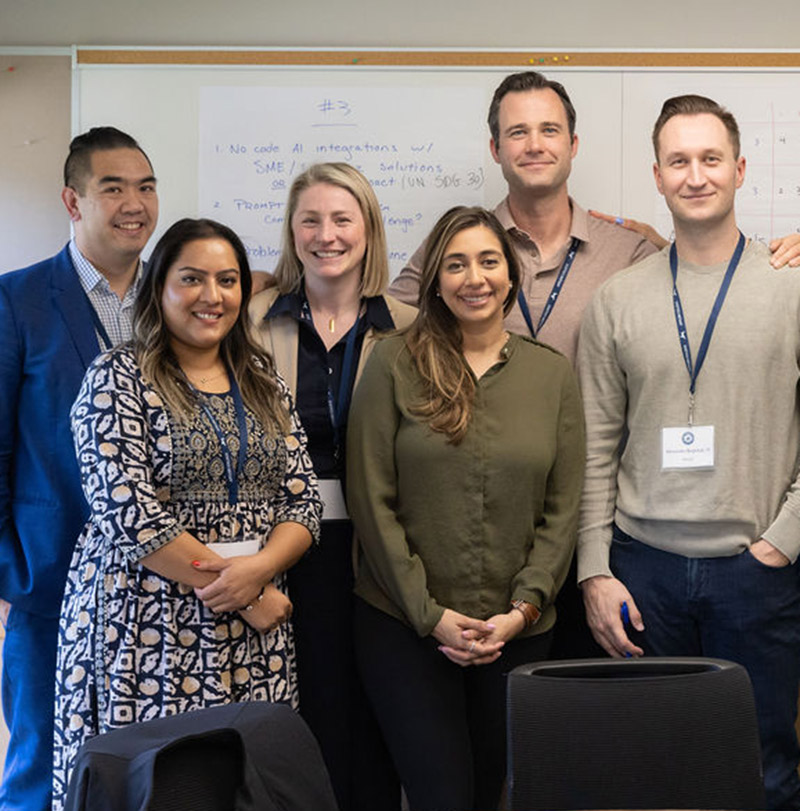The Pathways of Positive Education at Appleby College
by Theresa Blake
As a community, Appleby adopted Positive Education as a guiding framework in 2019 to support students in developing their social and emotional learning skills (SEL), which Appleby calls Positive Learner Attributes (PLAs) (Karcz & Blake, 2021).
.
As we embarked on this journey, the Institute of Positive Education (IPE) came to campus (in-person and virtually) to train employees in the basic principles and practices of Positive Education – the science of wellbeing in education - and guide us with its implementation at the school level. Now, after three years of learning and working with the experts, the Pos Ed Team has creatively envisioned and established three pathways for bringing the training ‘in-house’ to meet the needs of our community.
The Positive Education team at Appleby College has established three internal pathways for training employees in the basic principles and practices of Positive Education.
Phase 1: Learning Positive Education at Appleby
The first pathway is the Discovering Positive Education (DPE) course. This phase is a modified version of the DPE that began with IPE and offers a distilled version of this original training that is specific to the Appleby Community. In other words, the DPE at Appleby is comprised of five learning modules that reflect the positive psychology principles which are true to our school culture:
- Connection and Belonging;
- Gratitude and Kindness;
- Mindset;
- (Character) Strengths;
- and Mindful Moments and Movement.
Following the DPE through the Institute, employees were excited about the potential this framework has in supporting students in developing their wellbeing skillset, and it was not uncommon to get questions such as “But what does Pos Ed look like in our school?” and “How can we start doing SEL right now?”. Through distilling the concepts to reflect the nature of the school community, the goal of this updated DPE at Appleby is that employees will learn about the distilled principles and practices near and dear to the Appleby community and be able to begin to identify where and how these are coming to life through our programming.
Phase 2: Living Positive Education at Appleby
The second pathway aims to develop employee’s awareness of and skillset in how to make the planning and facilitation of Positive Education practices a fluid, natural part of what we do in our day-to-day. This Phase acknowledges that our colleagues are each other’s richest resources, and leverages our in-house expertise through brief, thirty-minute interactive “Grow and Share” development sessions. There are a variety of relevant wellbeing topics that are being explored throughout the year, and employees are encouraged to attend those that are of interest and fit their schedule. These interactive sessions follow a flipped classroom experience where employees listen to a short podcast or read an article prior to the session, and then come together for a collaborative debrief of takeaways and sharing of perspectives. As of mid-October, just over one third of faculty had already attended one session (some have attended multiple) and 92% indicated that these sessions would influence how they plan and bring their classes/meetings/games/performances to life at Appleby. To follow the mantra of a previous Prefect Team, we are Better Together! So, let’s Grow and Share.
Phase 3: Embedding Positive Education at Appleby
The third pathway was established to provide a practical model for thinking about how to bring Positive Education to life in an authentic way. Employees have been asked to consider embedding one of three Signature Practices which offer concrete examples to practice the goals of an overall systemic wellbeing implementation plan (CASEL, 2019) [1], and to reflect on the influence it has on the community. This phase acknowledges that students and adults alike are a part of the lifelong learning process for developing and using strong SEL skills. Educators and leaders use these practices to great effect, to collaboratively build environments in which the fullness of each person’s identity is acknowledged and elevated (CASEL, 2019).

Research has shown us is that wellbeing is caught and taught. Likewise, research has also shown that as the adults within a school community intentionally and explicitly build habits and practices of wellbeing to support the students within the school community, both students and adults enhance their wellbeing skills and wellbeing. The Positive Education Team is grateful for having had the time to reflect on and distill down what can sometimes be seen as a daunting mountain of principles and concepts within the field of Positive Psychology over the past three years, and to be supported in establishing three pathways that aims to support employee wellbeing skills and, therefore, the wellbeing of the adults and the students on campus. Our next step is to develop an intranet site that mirrors these three pathways. Stay tuned!
References
CASEL (2019). SEL 3 Signature Practices Playbook. A tool That Supports Systemic and Social Emotional Learning. CASEL. https://schoolguide.casel.org/resource/
Karcz, T. & Blake, T. (2021). Placing wellbeing at the heart of education: embracing positive psychology at Appleby College. In Walker, K., Kutsyuruba, B., & Cherkowski, S. Positive Leadership for flourishing schools (pp. 31-46). Information Age Publishing, Inc.
[1] Intentionally chosen strategies, activities, and protocols foster interactions that model SEL in action and help create an equitable experience. They establish a safe container for equity of voice, for truly seeing one another, and celebrating one another as our fullest selves. By integrating moments of reflection, positive interactions, and appreciations, we craft the climate and culture we’re striving for— one in which everyone in the room feels they belong to a safe and caring community of learners, where they are valued and able to learn and work together productively (CASEL, 2019).

